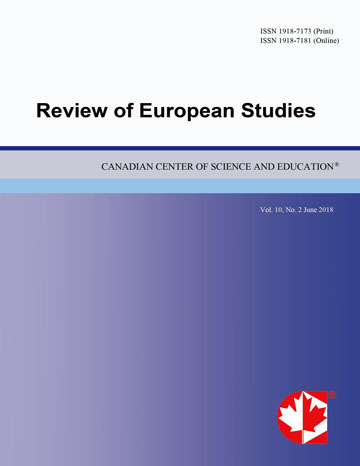Added Worker Effect Revisited: The “Aubry’s Law” in France as a Natural Experiment
- Meherun Ahmed
Abstract
The Added Worker Effect (AWE) refers to an increase in the labor supply of secondary earners in a household in response to a decrease in the income of the primary earner. Most empirical research on the AWE has focused on increases in the labor force participation of married women when their husbands experience unemployment spells, but recent government-mandated decreases in standard hours in several European countries provide an alternative source of exogenous decreases in the work hours of married men. Empirical research in evaluating the effectiveness of such policy, mostly investigated the impact on the workers who were directly affected by the policy. A model of household decision making suggests that work hour restrictions without full wage compensation should have spillover effects on the labor supply of other household members, but little is known about this possible spillover effect. This is the first attempt which empirically investigates the existence of AWE using mandatory reduction in standard working hours in France (Aubry’s Law 1998) as a natural experiment. The results show that the exogenous reduction in standard work hours for husbands does not lead to any unemployment to employment transition of wives but increases the number of hours worked by wives who are already in the market and are not affected by the law themselves. It is also found that in terms of hours worked, AWE is more prominent in low income families and for families with more members as family size is positively correlated with the degree of credit constraint.
- Full Text:
 PDF
PDF
- DOI:10.5539/res.v8n1p102
Index
- ACNP
- CNKI Scholar
- DTU Library
- Elektronische Zeitschriftenbibliothek (EZB)
- EuroPub Database
- Excellence in Research for Australia (ERA)
- Genamics JournalSeek
- Google Scholar
- Harvard Library
- HeinOnline
- Infotrieve
- JournalTOCs
- Mir@bel
- Open policy finder
- RePEc
- ResearchGate
- ROAD
- Scilit
- Technische Informationsbibliothek (TIB)
- The Keepers Registry
- Universe Digital Library
- WorldCat
Contact
- Paige DouEditorial Assistant
- res@ccsenet.org
